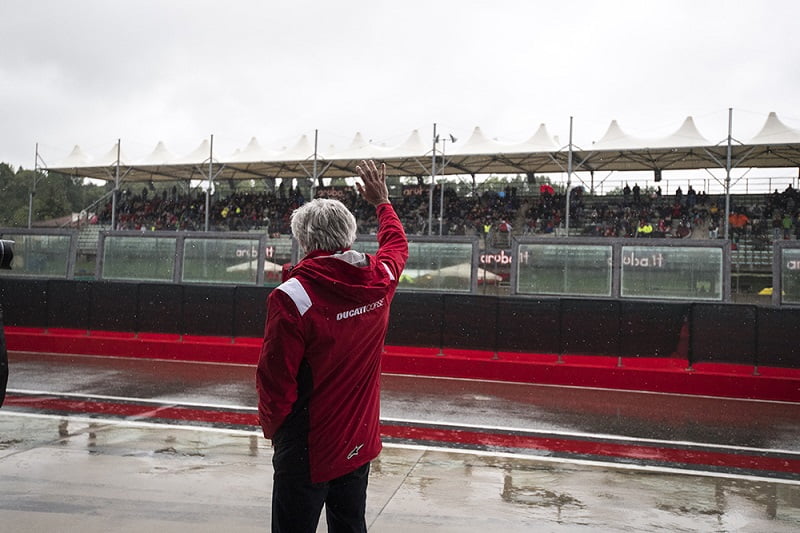After explaining to us what he thought of several technical devices this Monday, the Venetian engineer and director of Ducati Corse, continues his overview today, first going back to the era of the 500 two- time.
Luigi was then officiating at Aprilia where he won numerous world titles in 125 and 250 cc, as well as in Superbike.
500: No innovation during the 90s
“In the 1990s, there was no sensational invention in the 500 2T, which had to face a big tire problem: they could not put the power to the ground. We can therefore assume that the 500 developed 180/200 hp (the figures vary depending on how they are measured, whether at the crankshaft output, at the gearbox output pinion, and under what conditions. The 200 hp are probably different from those of Nakamoto…) and it was difficult to find anything that exceeded the limit imposed by the tires. »
“At that time, there were few electronics, it was difficult to ensure that the engine power was delivered without problems. So it was decided to do something different, not to prefer pure power: this is how the twin-cylinder engine was born, first from Aprilia, then from Honda. Aprilia believed that power was no longer the fundamental element for winning races and that is why it manufactured the twin-cylinder, but chose too low a displacement (400 cc). »
"In general, it can be said that there have been no really interesting technical developments in the last years of the 500. The introduction of MotoGP (2002) brought more technical fantasy, not least because the tires , in the meantime, were developed to improve performance, which allowed engineers to find new solutions. »
5 cylinder Honda
“In 2002, HRC decided to develop the engine as much as possible: the five-cylinder was born. I don't know exactly why this solution was chosen: perhaps because, electronically, they thought it was easier to manage a more fractionated engine, that we could reduce the power and refine the tire management. »
Electronic
“With the introduction of MotoGP, electronics underwent a very important development: until the introduction of the single ECU, all manufacturers worked on the most important strategies for managing a motorcycle. The electronics sector is the one that has experienced the strongest technical progress. »
Seamless gearbox
“It was an interesting and important invention not only for straight-line speed, but also for changing gears and downshifting in corners. The seamless gearbox is fundamental in significantly reducing torque variations on the rear wheel: it allows the rider to face these situations at a higher speed. »
“The discontinuity of torque means that you fall if you are at the limit with the rear tire and the rider has to keep some margin to take the corners when changing gear. »
“With the seamless gearbox, this margin that the driver must maintain has been greatly reduced: introduced by Honda (in 2010, only for Pedrosa and not to Dovizioso, then his teammate, Editor’s note), it has been adopted by all manufacturers since 2013/2014, with different patents. »
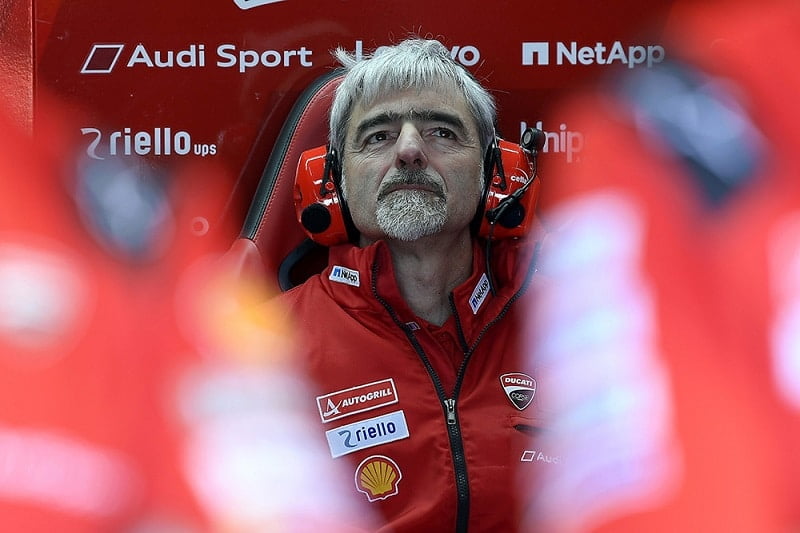
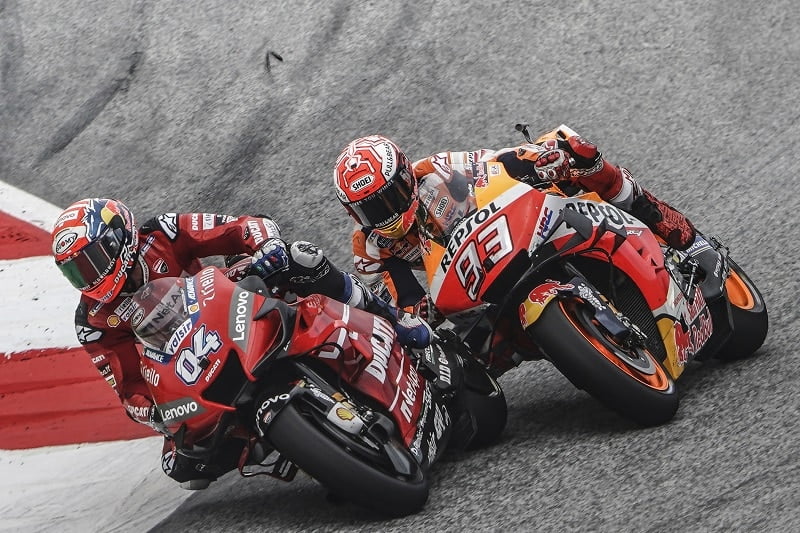
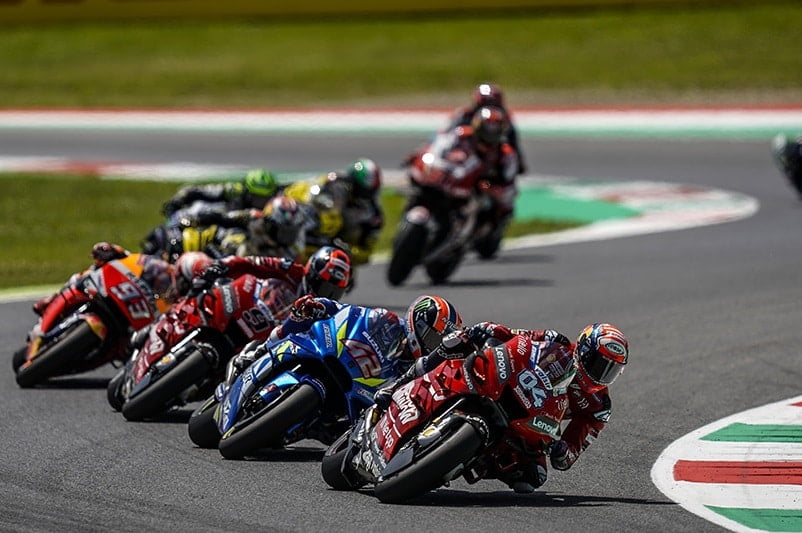
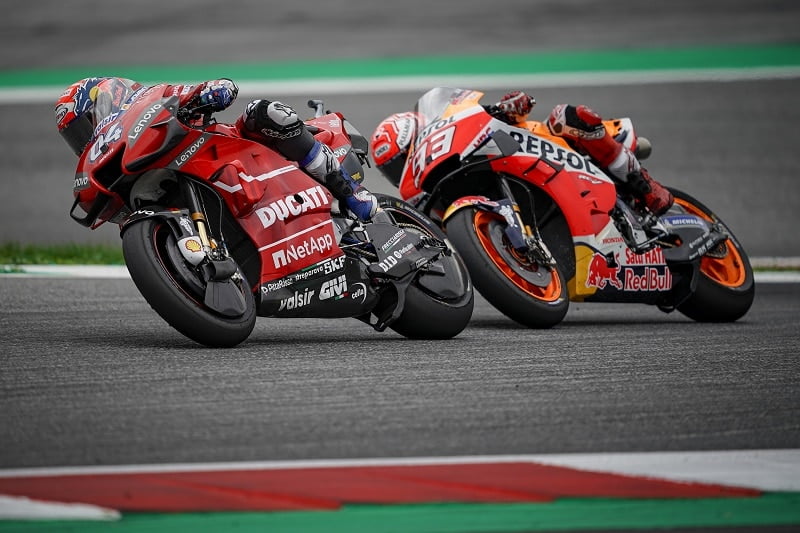

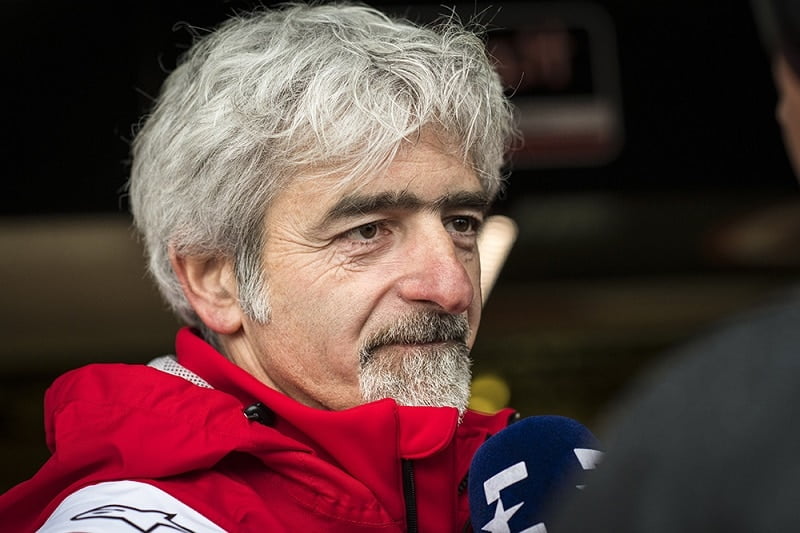
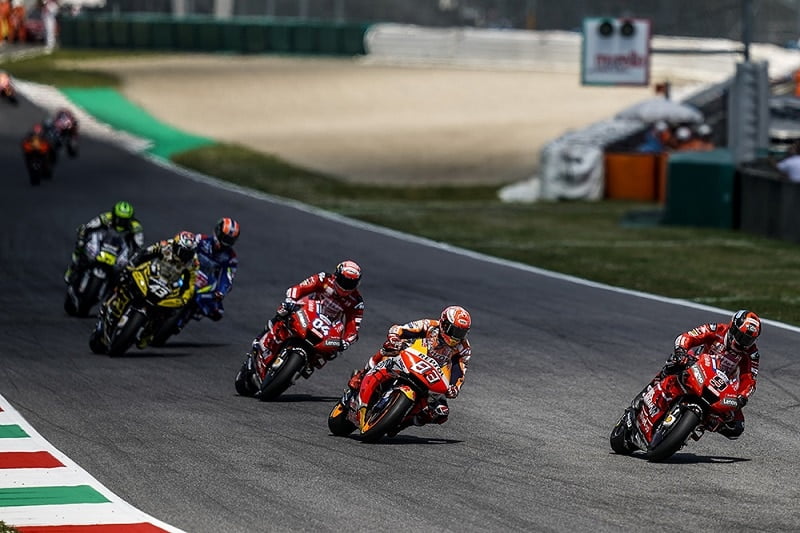
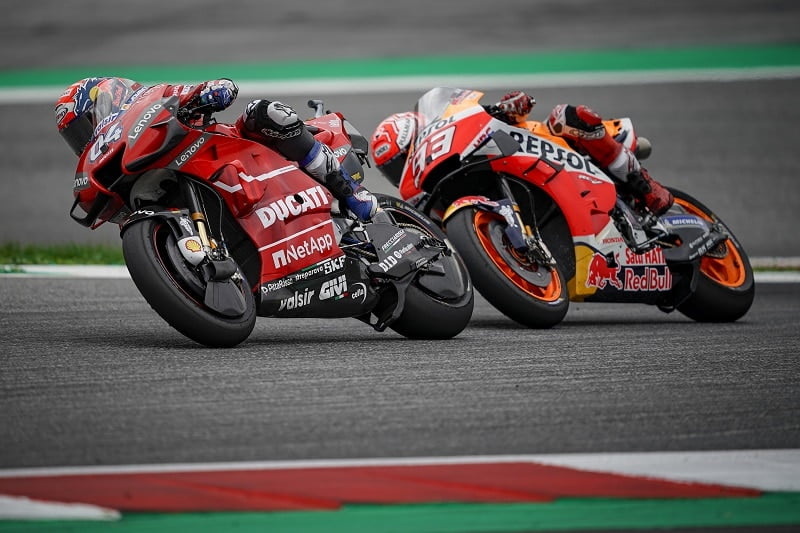
Source: Moto.it
Photos © Ducati










